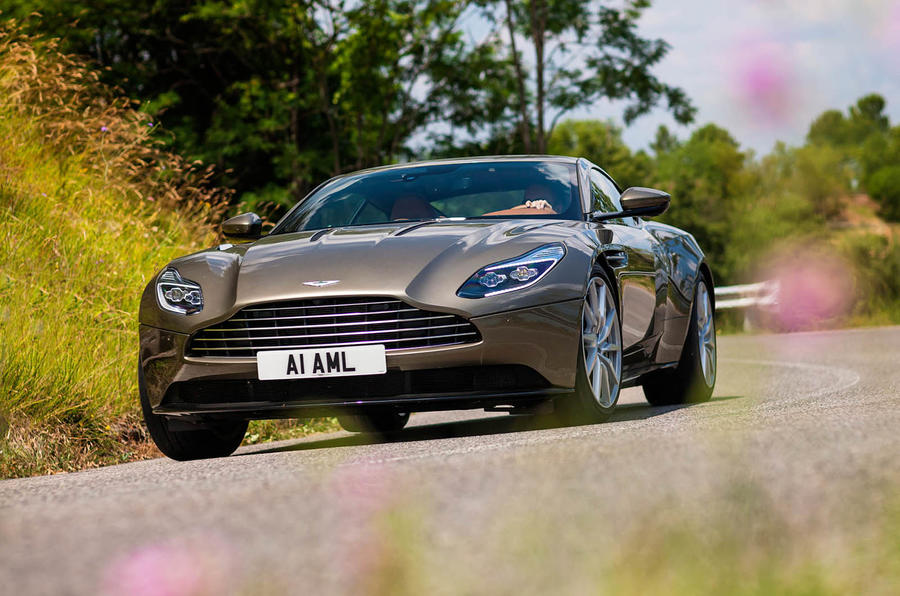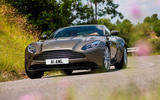What is it?
The Aston Martin DB11 begins Aston’s ‘second century plan’. A DB car, the natural successor to all the DBs before it, a grand tourer in the most conventional, but most important, Aston Martin tradition. “The DB11 is the most important car,” Aston’s CEO Andy Palmer says, “in Aston Martin’s history.”
In its history? Big claim, Palmer. But, then, Palmer has been given a big job: to make Aston Martin make money. Not a lot of Aston bosses have managed that before, but this time it’s crucial.
It’s crucial because of the plans Palmer has put forward. They’re of the scale that would have seen Danny Bahar, former Lotus CEO, throwing them on a motorshow stand accompanied by a bemused looking Brian May, Naomi Campbell and Random Baldwin.
Aston intends this: seven new models, one a year, between now and 2022, until the range revision starts over again. They’re ambitious plans, but apparently put forward with enough sense that Aston has secured £700m to make the first four – DB11, Aston Martin Vantage, Aston Martin Vanquish and DBX SUV – come to life. Beyond that, incoming revenue funds the rest.
So to the DB11. It’s new. Really new. Recently, Aston Martins have been revised with the glacial pace of somebody looking after a stately home: a new boiler here, replacement glazing in the orangery next year. But the DB11 is something else.
The architecture is different. Still aluminium, but where there were loads of extrusions before, there are more pressings now, so if you see a chassis in the bare metal there are more curved surfaces, which allows for greater interior room within a body that’s only marginally larger than the DB9’s.
There are double wishbones at the front but, for the first time on an Aston Martin, a multi-link setup at the rear. Steering is – another first – electrically, not hydraulically assisted. And there’s a new engine. Mercedes-Benz now owns 5% of Aston and has a technological exchange partnership in place, so it makes perfect sense that the DB11’s engine is an Aston Martin designed, Aston Martin developed, 5.2-litre, twin-turbocharged V12. Mercedes-AMG V8s can wait until later. Meantime they’d like you to know this is a proper Aston, m’laddio. Duly noted.
For the first time in, oh, about a decade, this is a new Aston that doesn’t look like another Aston from the outside, too. That’s unlikely down to the changes in proportion, although there are some: the wheelbase is 65mm longer than the DB9’s but overall length is only 50mm longer. The front overhang is 16mm shorter and rear overhang 11mm longer, but it’s the track width that’s most significant. If the DB11 looks more muscly than the DB9, that’s because the front and rear track widths have increased by 74mm and 43mm respectively, yet overall width is only up by 28mm.
Dotted around the new design features are some funky aerodynamics. There’s some underfloor stuff, vents that take high-pressure air from the top of the front wheel arches and feeds it out of the vents at the side. Weirdest but funkiest of all, are those roof strakes that depart from the windows by the C-pillar and feed air from down the side of the car, into tubes that run under the boot lid – you can see them when you open the boot – and flow the air out, upwards, at high speed, at the boot lip. It has a similar, lift-reducing effect to an upturned spoiler, but without having to have an upturned spoiler if you don’t want one. And Aston’s designers don’t want one. Neat.




































































Join the debate
Add your comment
BREXIT
Well I like it that nothing
You just can't win......